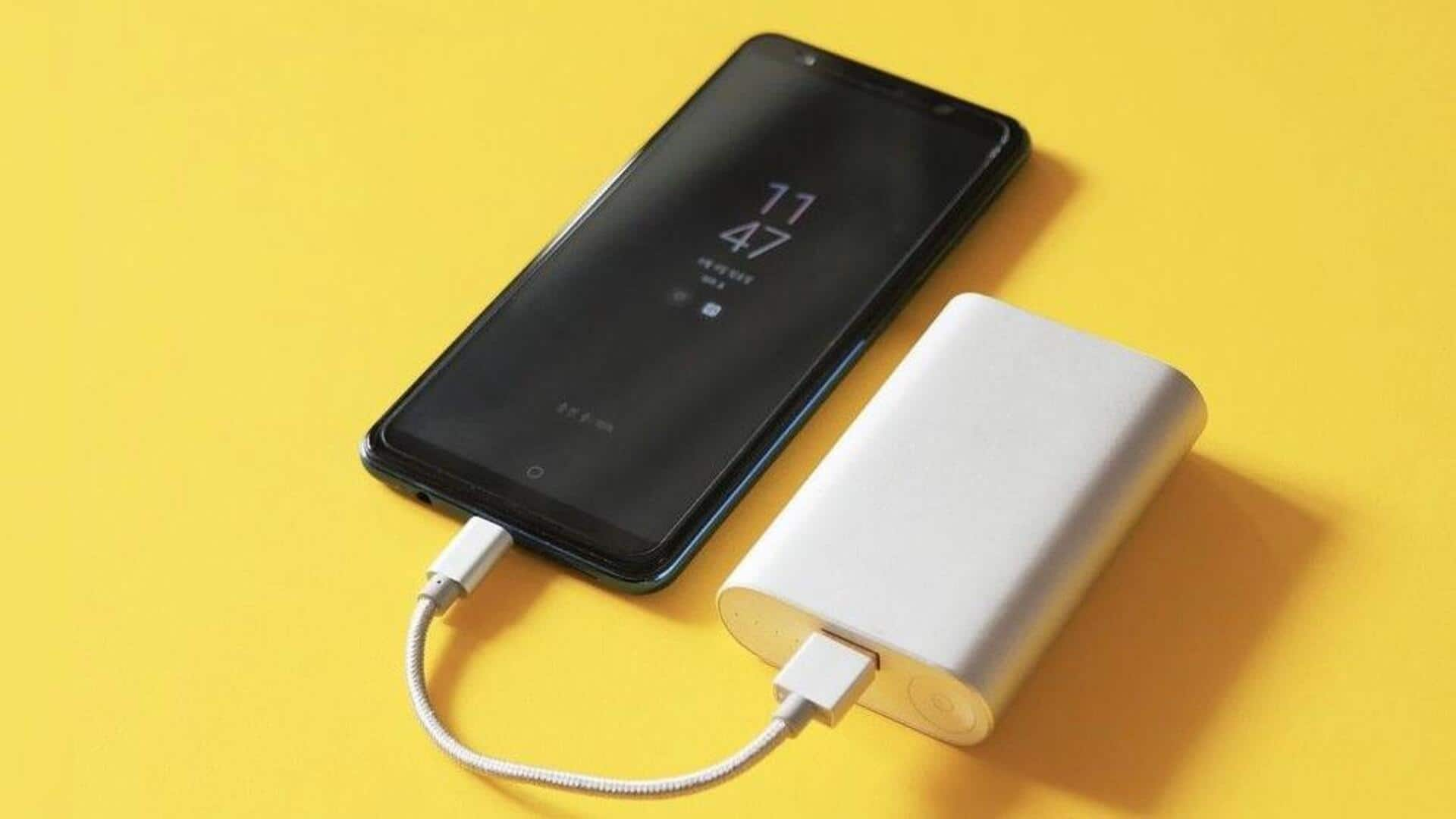
How to check battery health of your smartphone?
What's the story
The health of a phone's battery is a critical factor in determining the device's longevity, regardless of whether it is a high-end or budget model. Over time, all phone batteries degrade, making it crucial to monitor their status, particularly for those planning to trade in or sell their devices. The term battery health refers to the duration a phone can be used before requiring battery replacement. Here's more about it.
Differences
Battery health v/s battery life
A phone's battery health starts at a maximum of 100% when new and unused, but this percentage decreases over time due to continuous usage, charge cycles, downloaded apps, and overall device use. The battery level or life is a separate indicator that shows how much time remains before the phone shuts down due to low charge. This information is typically displayed in the upper-right or upper-left corner of your screen as a status meter.
Battery check
Checking battery health on iPhones v/s Android devices
For iPhone users, the process of checking battery health is simple and can be done through Settings > Battery > Battery Health & Charging. You will be shown the maximum capacity of your handset's battery. Lower capacity may result in fewer hours of usage between charges. Android users, however, may need to use a third-party app to check their phone's battery health unless they own a Samsung device. Samsung owners have the option of using the exclusive Members app.
Workaround
Utilizing methods for non-Samsung models
To check battery health on other Android phones, users can dial command code ***#*#4636#*#*** on their phone app to display a hidden 'Battery Information' menu. If this method doesn't work, downloading a third-party app from the Google Play Store is recommended. AccuBattery and CPU-Z are two such apps that provide detailed insights into your phone's battery health, including current discharge, temperature, charging status, percentage, voltage, and capacity.